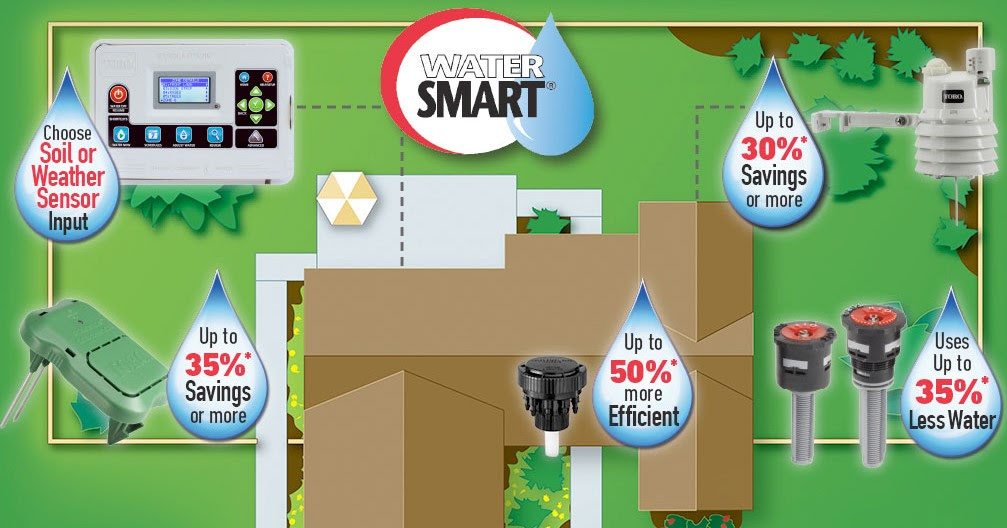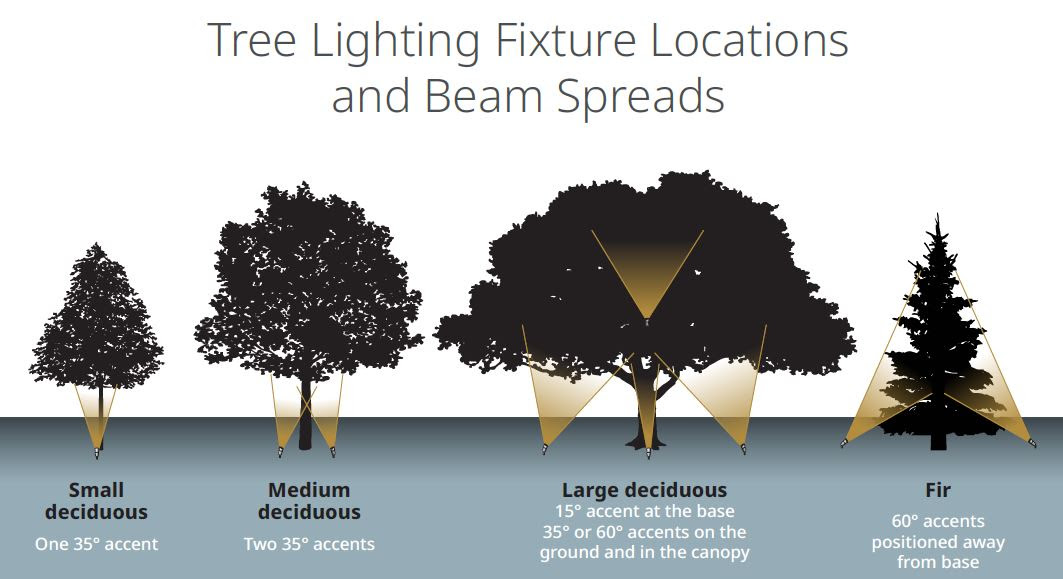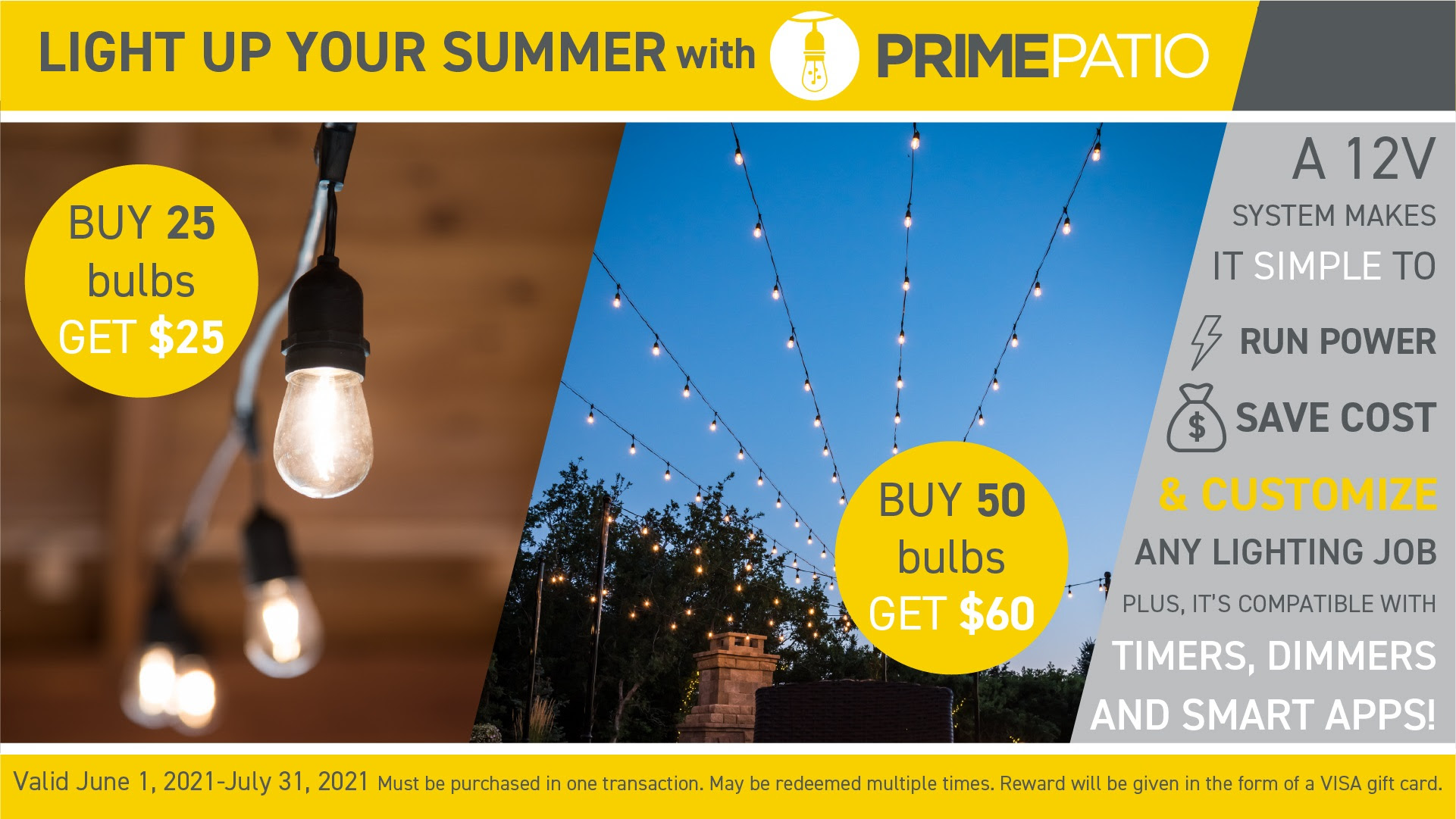MPR Update: Upgrades Without Overwork
Target the Right Customers for Irrigation Upgrades
 The older the irrigation system, the more likely it is to need water-efficient upgrades. Smart Irrigation Month is a great opportunity to connect with clients to get their systems updated.
The older the irrigation system, the more likely it is to need water-efficient upgrades. Smart Irrigation Month is a great opportunity to connect with clients to get their systems updated.When you're super-busy, target which irrigation upgrades to sell:
- Focus on upgrades that are fast and easy to do, typically part of a normal "mid-season check-up".
- Choose clients who take pride in their landscapes and who will listen to your technicians' recommendations.
Here are some profitable, easy retrofits:
- Adding or replacing a rain sensor
- Changing spray nozzles to rotary nozzles
- Adding high pop heads instead of risers
- Controller panel upgrades / WiFi modules
- And more
The Team at MPR Supply
Don't Lose Your Best Employees to a Competitor
 Avoid surprises with an employee retention plan. Landscape companies are actively poaching each others' employees. Build bridges with your team members to keep them part of your company:
Avoid surprises with an employee retention plan. Landscape companies are actively poaching each others' employees. Build bridges with your team members to keep them part of your company:Recognize your workers' families during the busiest months. Long hours don't just impact your team, they also the workers' families. Send appreciation with a note and a gift card.
Communicate, communicate, communicate. Have a weekly meeting where team members can share ideas. Listen for sources of concern or conflict. Address problems proactively.
Offer random rewards that are tailored to the person. A gift card with their paycheck. New fishing gear. A weekend getaway. Figure out what makes your team members "tick" and offer rewards that match with their hobbies and likes. Or find cool ways to say thanks, like hiring a mobile car wash company to wash your employees' vehicles on a Friday.
Looking to build a full retention strategy? Download this free guide for landscape pros.
It's Time to Think WATER SMART!
An inefficient irrigation system wastes water every time it operates. With your customers even more focused on their homes and landscapes, now is the right time for them to have their systems upgraded with water-saving products . Toro offers a full family of innovative irrigation solutions that are able to sustain your customer's landscapes using less water. They call these products WaterSmart®.The Right Amount of Water (Control)
Precision Soil Sensor - The Toro Precision™ Soil Sensor reduces water waste by continuously measuring moisture levels in the soil, allowing you to wirelessly control water use and maximize irrigation efficiency.
SMRT Logic App-Based Control - Say goodbye to the connection and range issues that plague regular WiFi controllers. Toro's SMRT Logic connects to your clients' networks without passwords and set-up hassles. Works with popular Toro, Irritrol and Unique Lighting controls.
To the Right Locations (Delivery)
Precision Series Spray Nozzles (PSN) - These nozzles look, install and radius-adjust like the most popular brand of spray nozzles - but the similarities end there. Featuring patented H²O Chip Technology and no moving parts, Toro Precision Series Spray Nozzles feature 35% lower flow rates, more consistent size/speed in water droplets, improved uniformity, better edge definition, a 1" per hour matched precipitation rate across all models.
Precision Series Rotating Nozzles (PRN) - deliver wind-resistant, multi-stream, multi-trajectory patterns for more efficient coverage. Both the full circle and adjustable arc models deliver a radius range of 14 to 26 feet with exceptional uniformity and outstanding close-in watering, preventing the need to extend irrigation cycles to compensate for brown spots.

Next Generation Filtration from Atlantic
 Filtration is an essential in pond construction. You're familiar with many methods. Skimmers are commonly applied to remove surface debris and keep pumps from clogging. Biological filtration in waterfall boxes converts wastes to plant food. Pressurized filter canisters with UVC lights keep algae from taking over.
Filtration is an essential in pond construction. You're familiar with many methods. Skimmers are commonly applied to remove surface debris and keep pumps from clogging. Biological filtration in waterfall boxes converts wastes to plant food. Pressurized filter canisters with UVC lights keep algae from taking over. Introducing the Next Generation of Filtration
From Atlantic comes the next generation of filtration: the ProfiClear Premium Compact-M and the ProfiClear Premium Compact-L pump-fed filters. These flow-through filters are unique in that they have a drum filter combined with a moving bed of floating filter media that can keep up to 31,500 gallons crystal clear. The unit is self-cleaning and self-maintaining. Add the Easy Garden Control app can to display and control operational status, filtration cycles, water temperature, cleaning time, overall performance data and charts.
Click here to see more pictures and get all of the details.
Uplighting Trees: Fixture Locations, Beams, Angles
Uplighting trees is an art form that enhances any lighting installation. No two trees are the same, so use these guidelines to inspire your designs:SMALL DECIDUOUS TREES
Most small, deciduous trees only need one accent light, but it's important to take viewing angle into account. If viewed from two angles, the tree may benefit from two accent lights. The fixture should graze the trunk and point up into the canopy for maximum effect.
Recommended fixture: Small VLO accent 35° or Gen 1.5 Accent 35°
MEDIUM DECIDUOUS TREES
Cross-lighting: While it is possible to use one 60° accent, it is better in most cases to use two 35° lights because they will direct more concentrated light into the canopy. Position the accent lights so they graze the trunk but are focused on the canopy.
Recommended fixtures: One small VLO 60° or two small VLO 35°
LARGE DECIDUOUS TREES
A large tree (60-100 feet) will require a combination of accent lights with different angles.
Place one 15° accent light at the base of the tree, highlighting the trunk up to the point where the branches begin. Place 2-3 accent lights (35° or 60°) away from the trunk pointing into the canopy. Place 1-2 accent lights in the canopy, pointing up.
Recommended fixtures: Large VLO 15° for the trunk, large VLO 35° or 60° for the canopy

Think Efficiency! Get More Done with Less Effort
 Efficiency is "getting more done in less time with less effort", there is always room for improvement. Examples of common ways to capture more efficiency include:
Efficiency is "getting more done in less time with less effort", there is always room for improvement. Examples of common ways to capture more efficiency include:
- Smoothing job workflow avoid wasted time by having all steps planned.
- Eliminating extra steps example: setting estimate appointments as customers call.
- Making sure the job is done right, avoiding re-work and call-backs.
- Investing in labor-saving tools and equipment.
- Using pre-assembled components or other labor-savers
Enemies of good efficiency include:
- Workmanship that's rushed and falsely-labeled "good enough." It just leads to rework or a damaged reputation.
- Sub-standard components or poor performing sub-contractors.
Where do you need help improving efficiency? Connect with us. We have new insights to share.
Rain Bird's ESP-LXIVM’s Wins Innovation Award
 The Irrigation Association recognized Rain Bird's new ESP-LXIVM Two-wire Controller as an industry-leading innovative product.
The Irrigation Association recognized Rain Bird's new ESP-LXIVM Two-wire Controller as an industry-leading innovative product.
- Smart Valve technology eliminates decoders and 50% of splices, elevating the performance of proven two-wire technology to a new level
- First two-wire system that relays valve status (two-way communication) back to the controller and provides real-time monitoring of valves using the Integrated Valve Module
- Supports up to 240 stations and has built-in flow management and leak detection
- Enables remote water management by adding communications cartridges and IQ4 Platform
"The innovative breakthrough is in the Integrated Valve Module, which relays valve status back to the controller and provides real-time monitoring of valves."
Installing a Submersible Pump in an Open Body of Water
 Traditionally, a submersible pump is installed vertically in a drilled well inside a casing (like PVC). Sometimes customers want the performance that a submersible pump provides, but want to install their pump in an open body of water, like a lake or a pond. Although not ideal, this can be done.
Traditionally, a submersible pump is installed vertically in a drilled well inside a casing (like PVC). Sometimes customers want the performance that a submersible pump provides, but want to install their pump in an open body of water, like a lake or a pond. Although not ideal, this can be done.So how do you install a submersible pump in an open body of water and avoid damaging or shortening the life of the pump? There are three keys that will keep your pump operating in these conditions:
1) Flow-inducer sleeve This is a length of PVC roughly as long as the pump. It mimics the well casing that is found in a standard drilled well. Simply cut slots in one end of the PVC so that you can crimp/clamp the sleeve near the discharge end. This will force water to enter from the bottom of the sleeve. Water flows toward the intake of the pump, cooling the motor as it passes by. See the image as an example (click to enlarge)
2) Angle of the installed pump A submersible pump cannot be installed horizontally. It is recommended that the pump be installed as close to vertical as possible, but no less than 10 degrees.
3) Avoid installing at the bottom of the body of water. Most open bodies of water have vegetation, sediment, and other debris settled at the bottom. To avoid pumping these elements through your pump, it is recommended that the pump be suspended at least 10 feet from the bottom.

